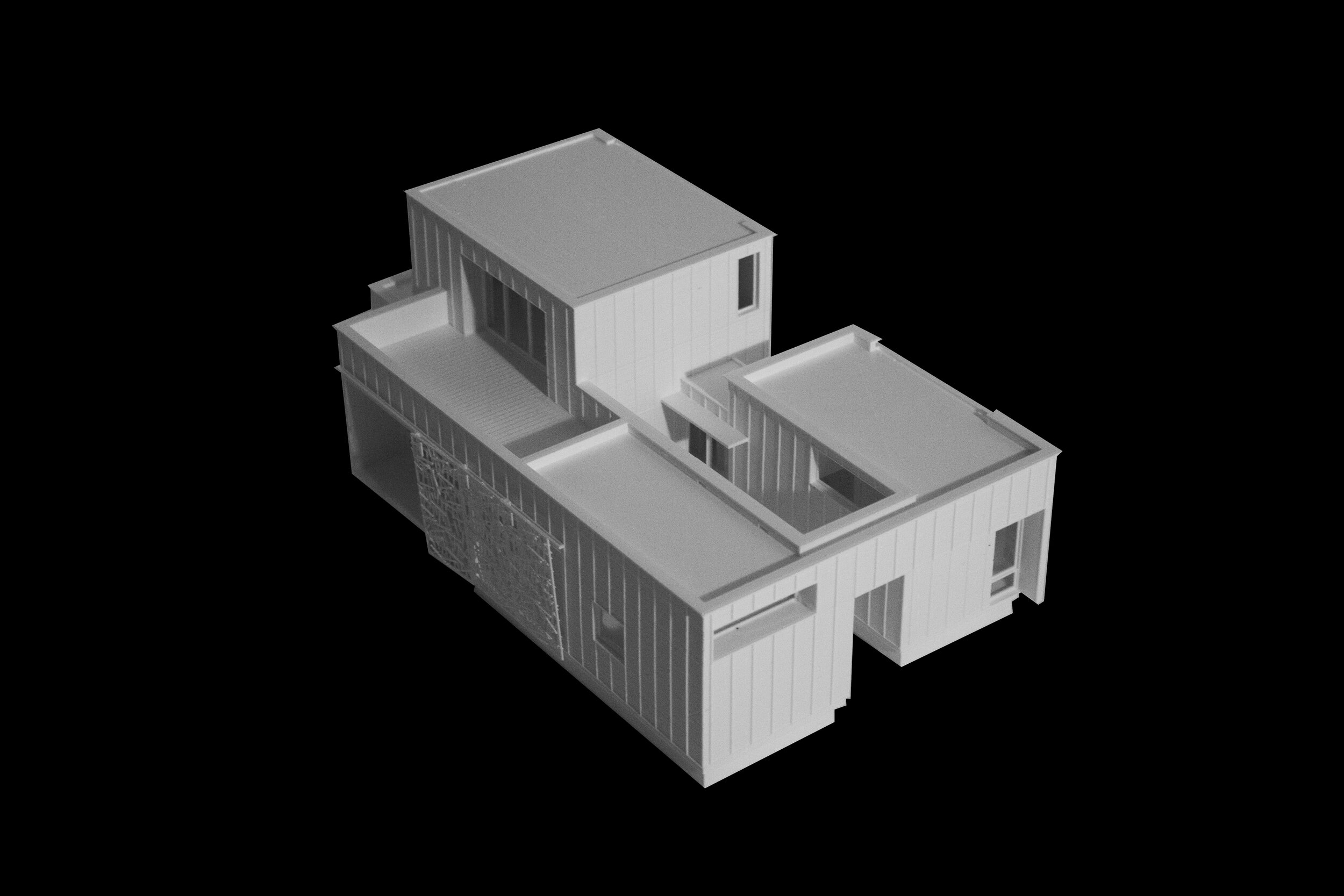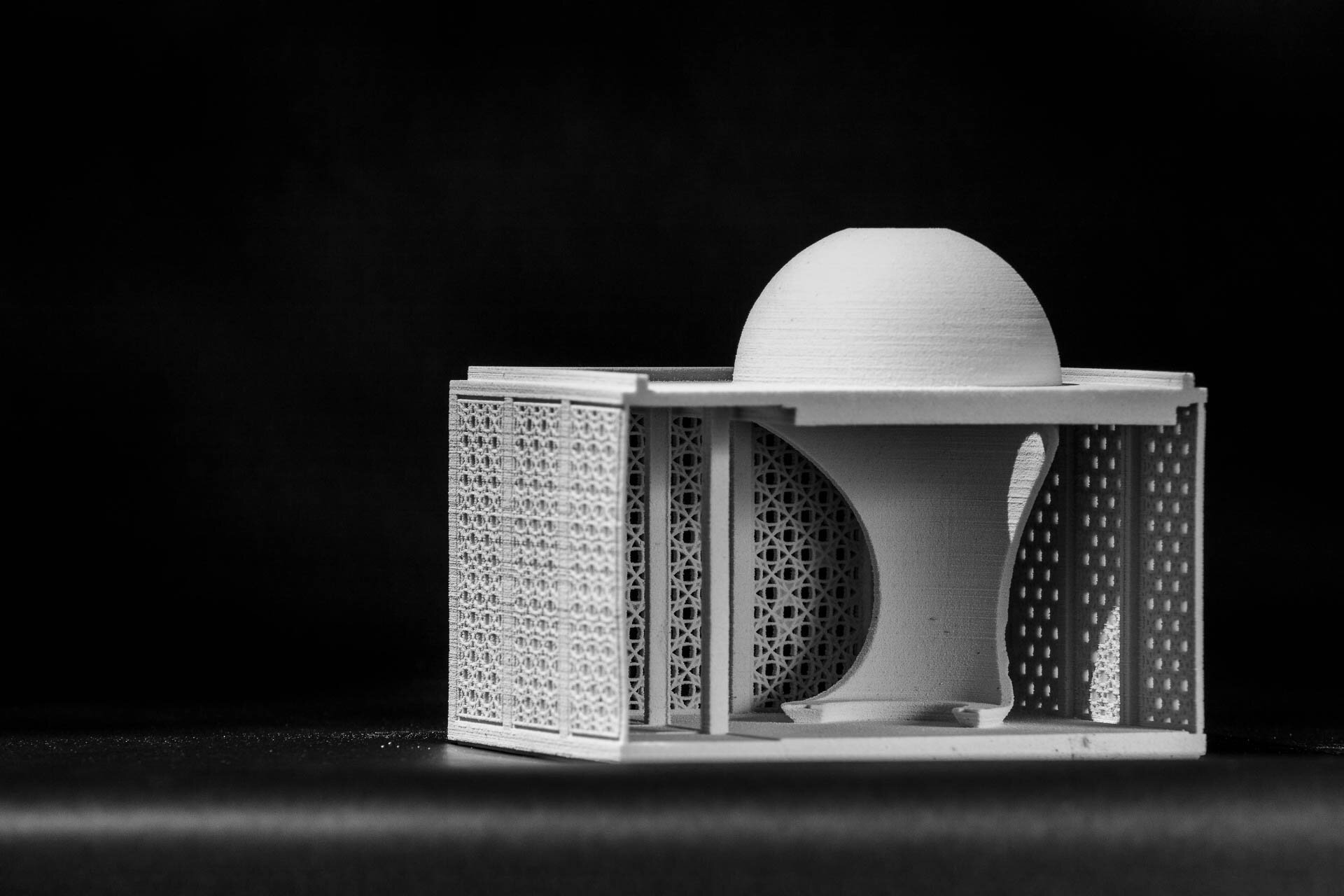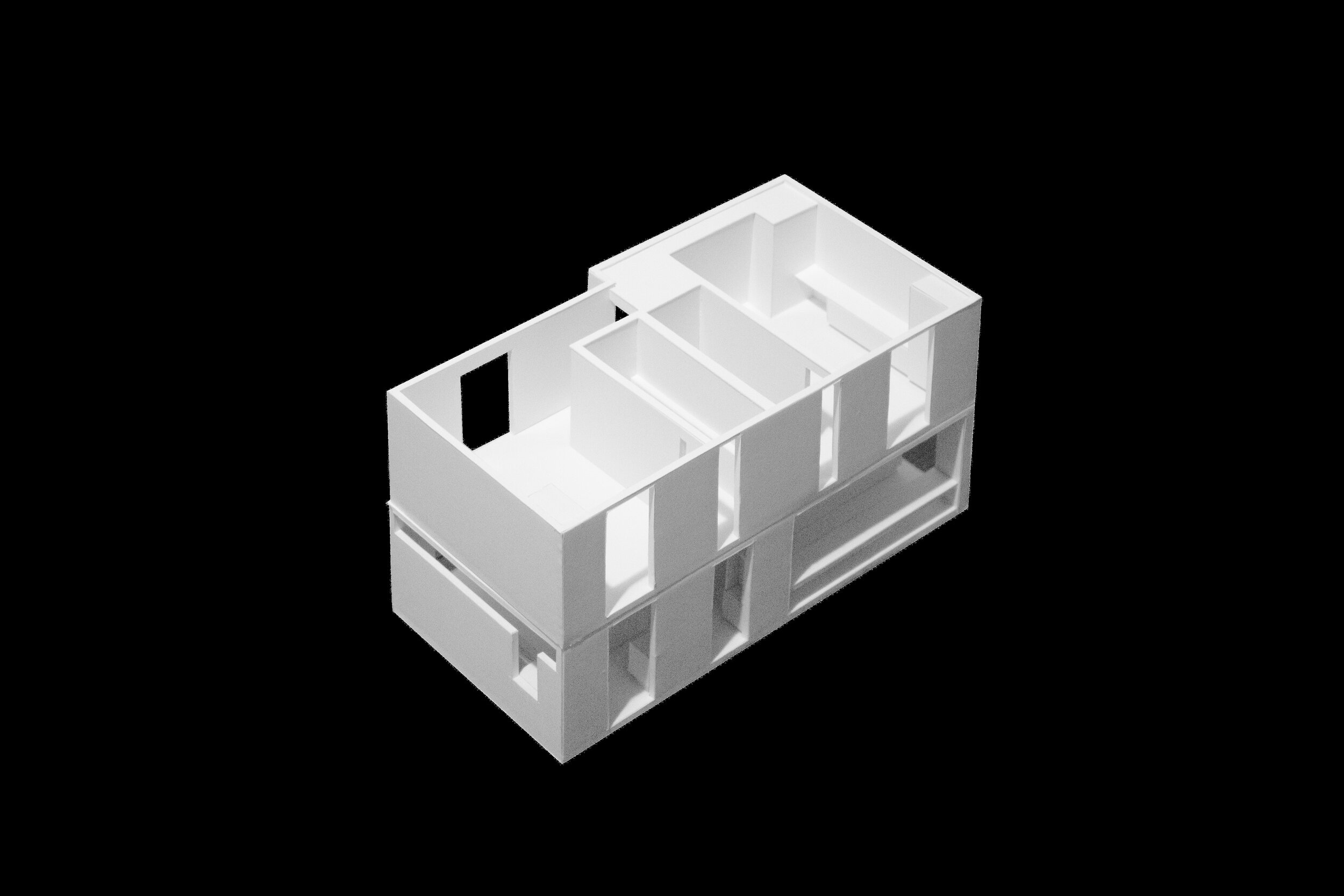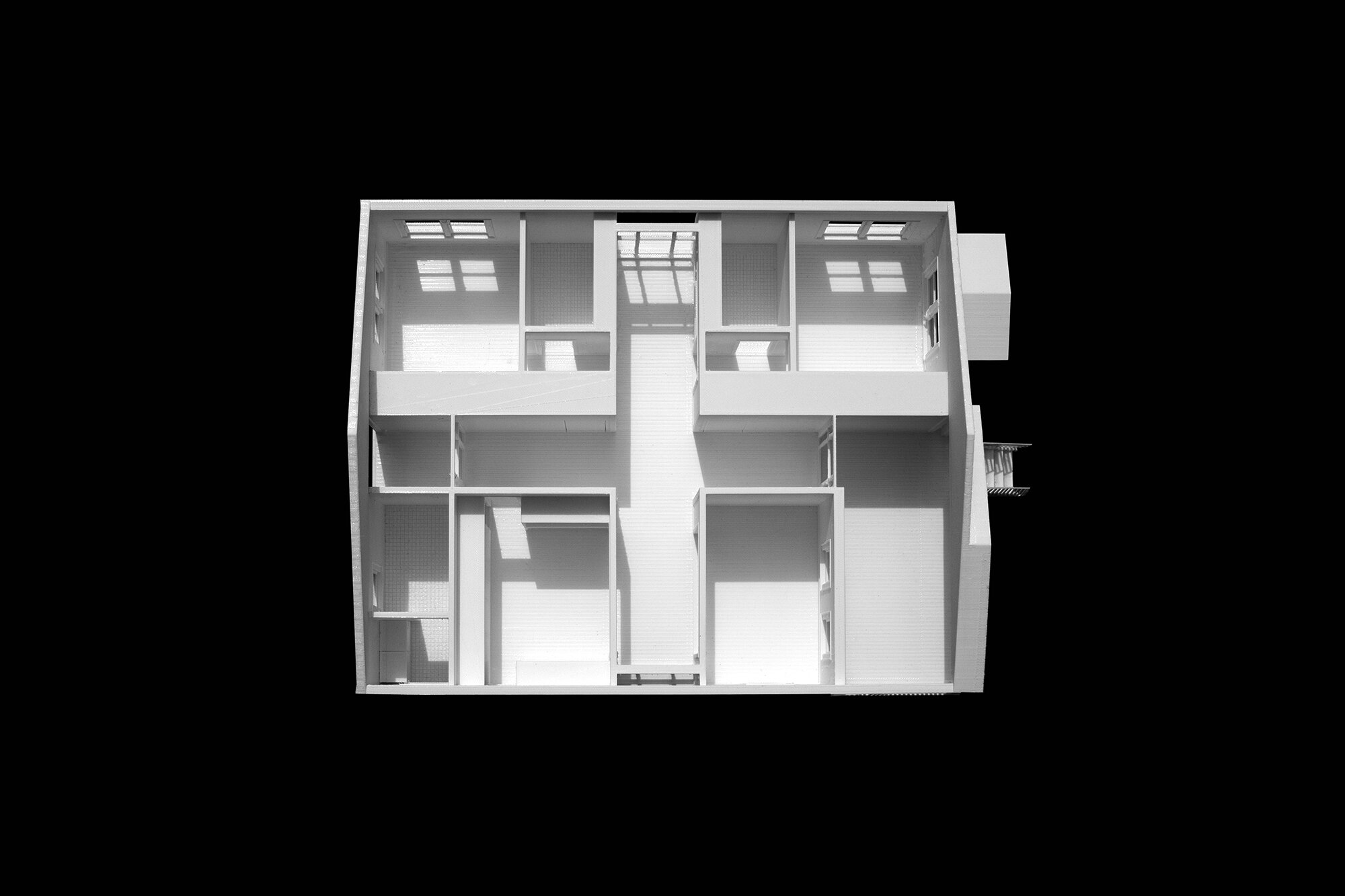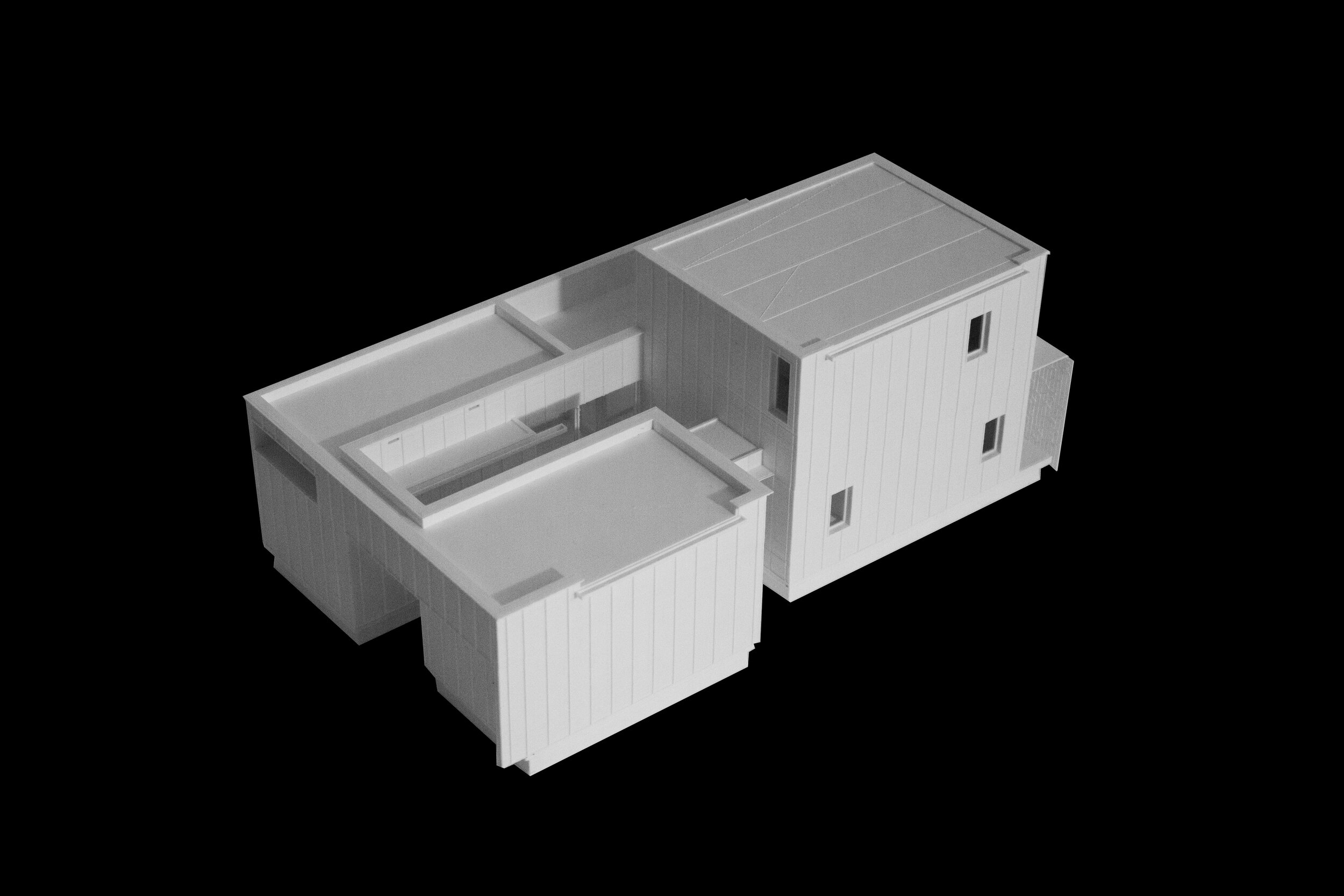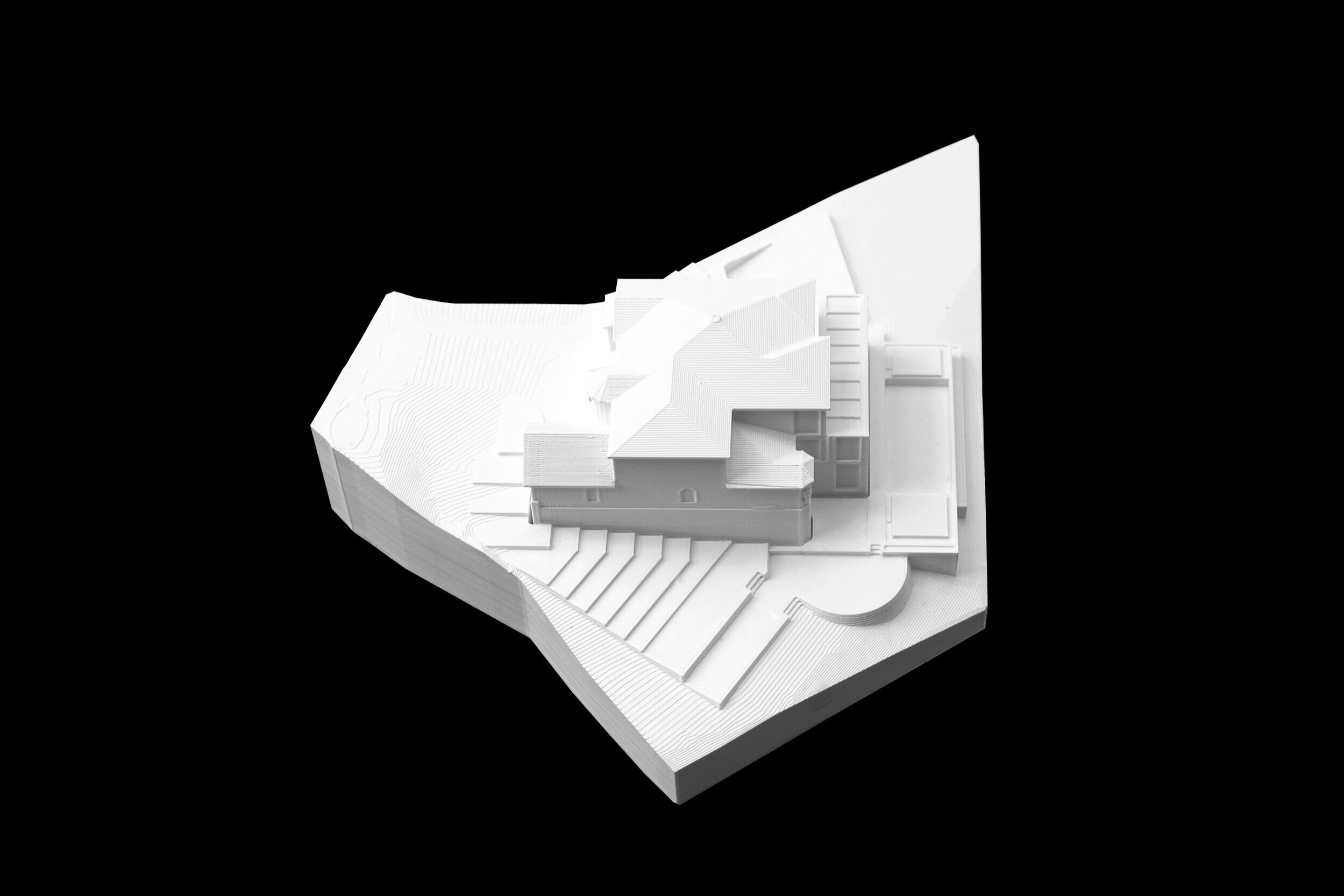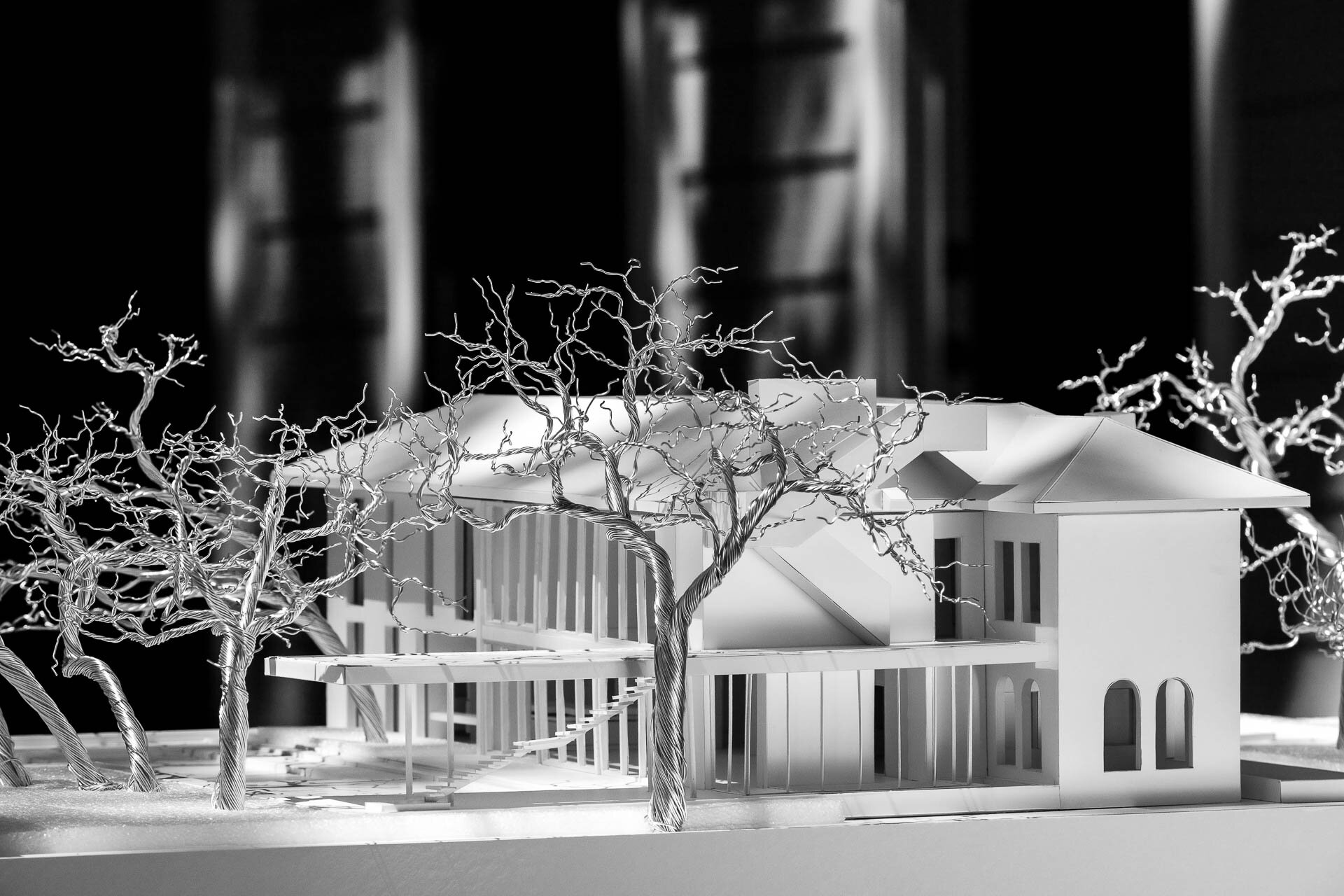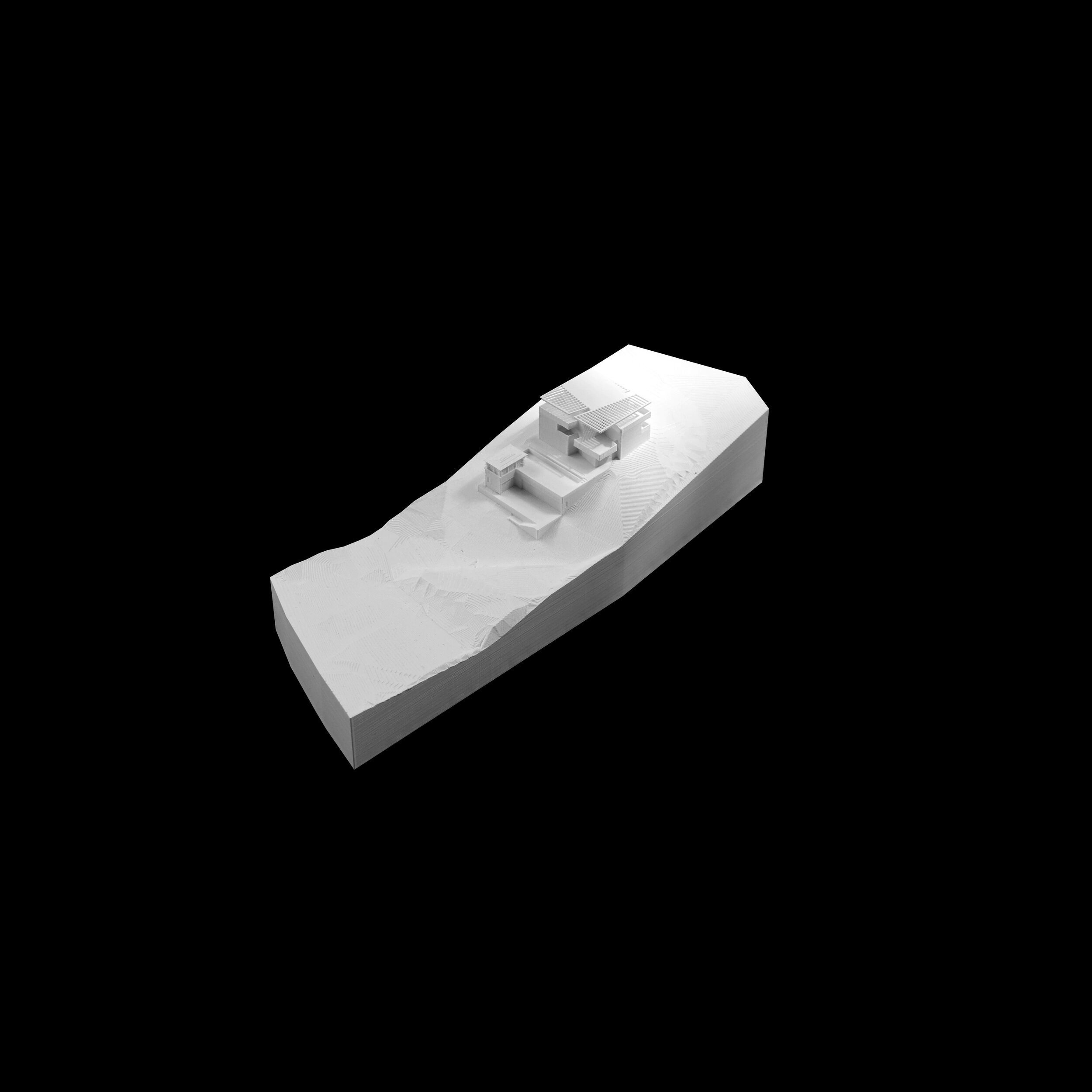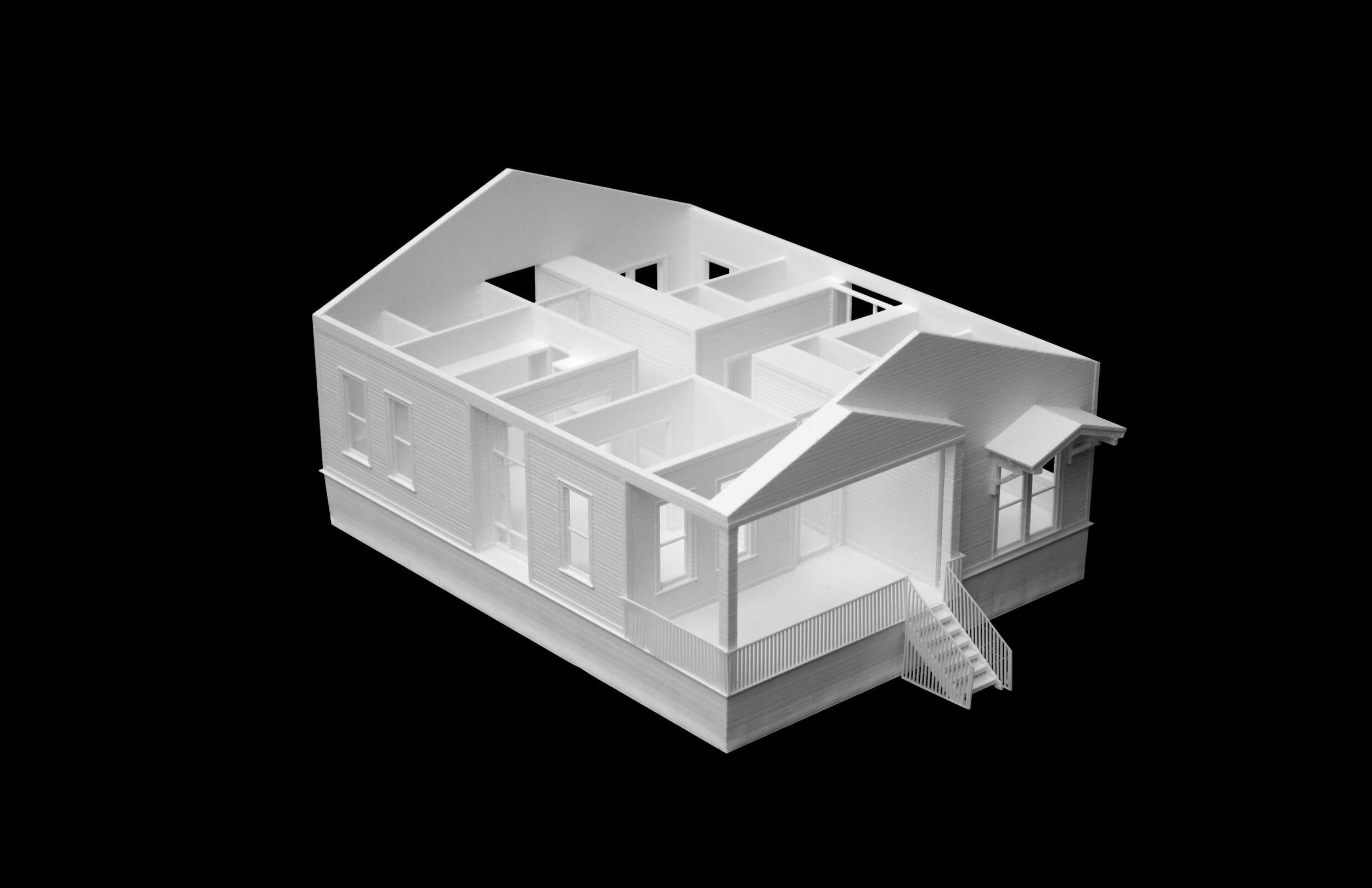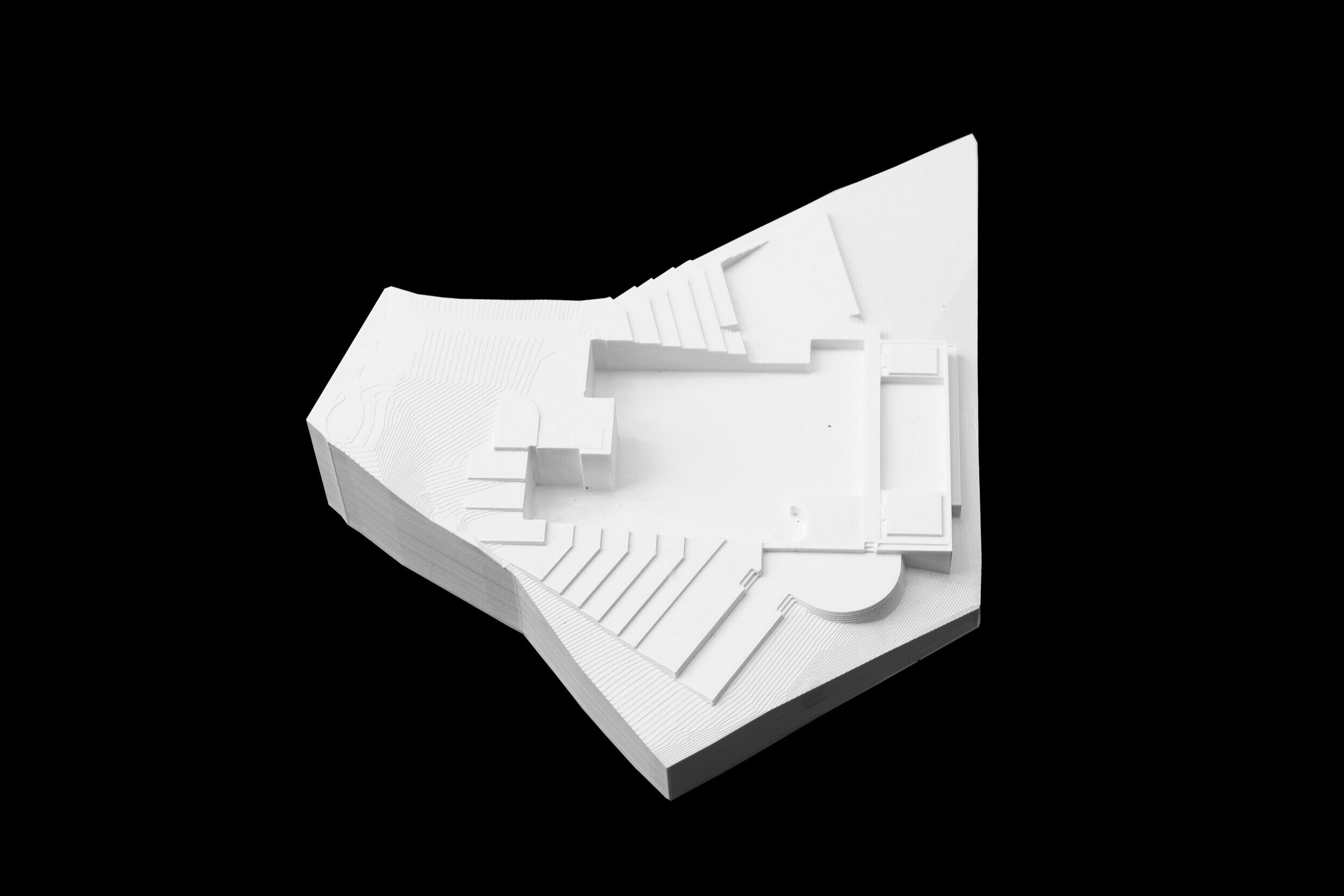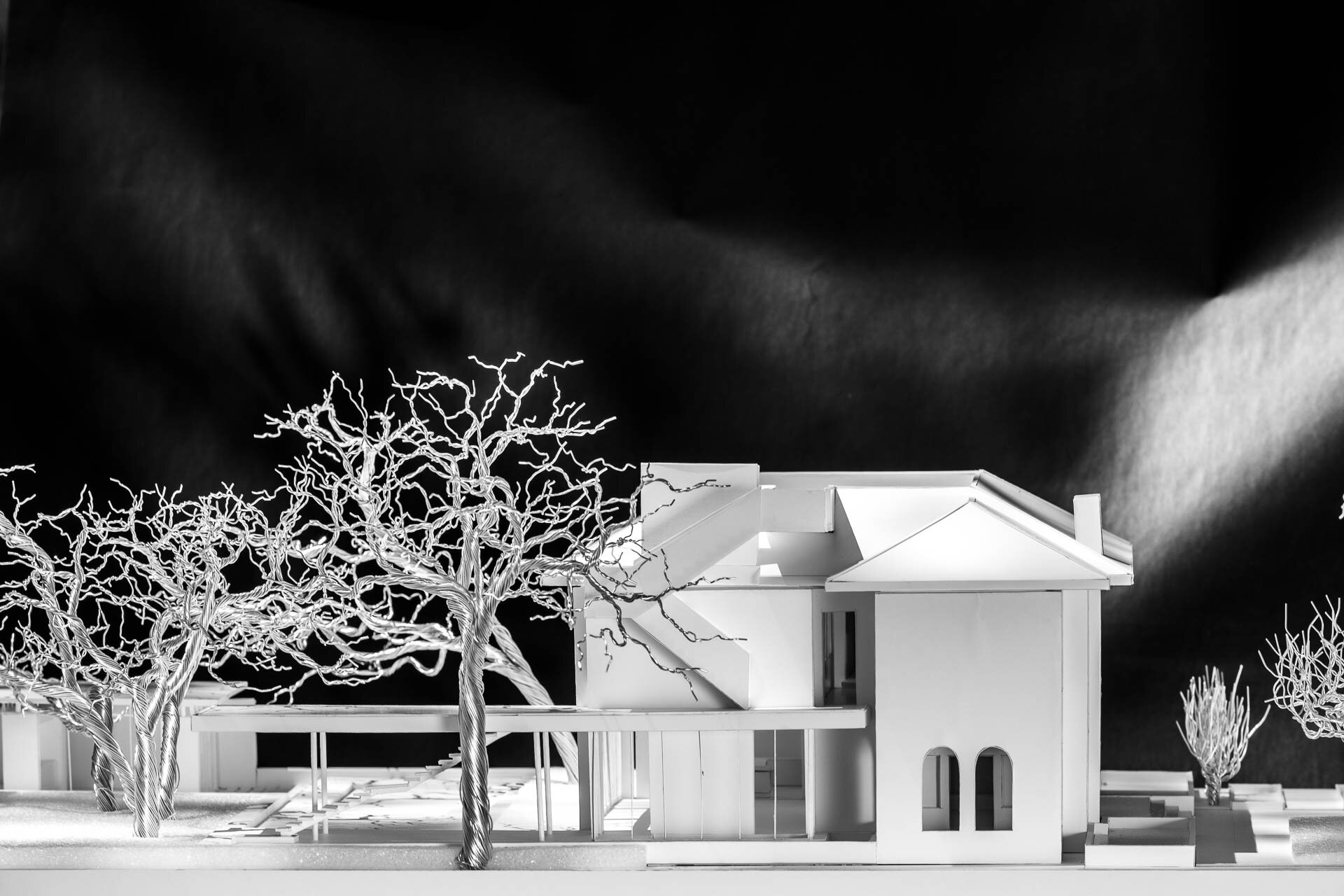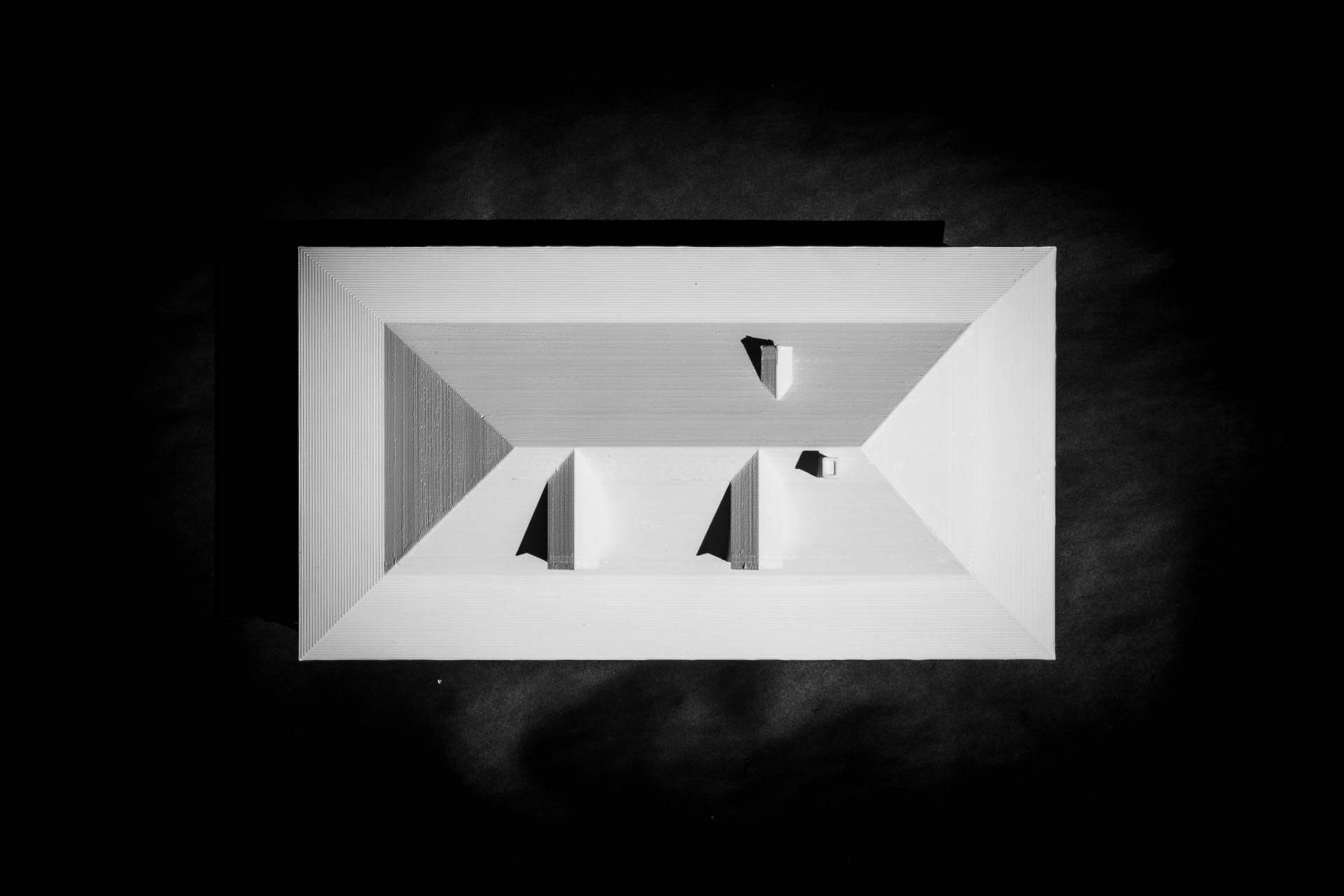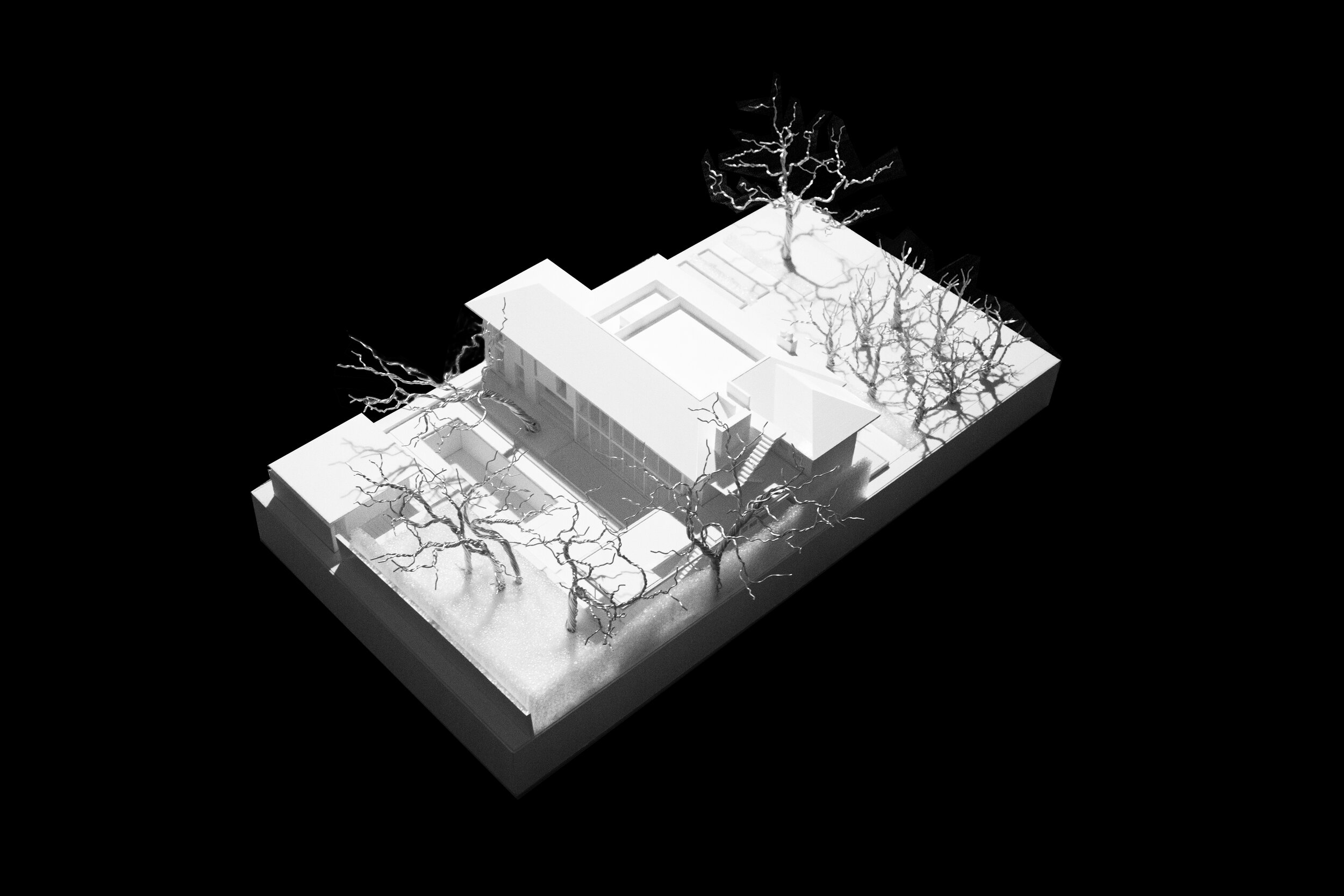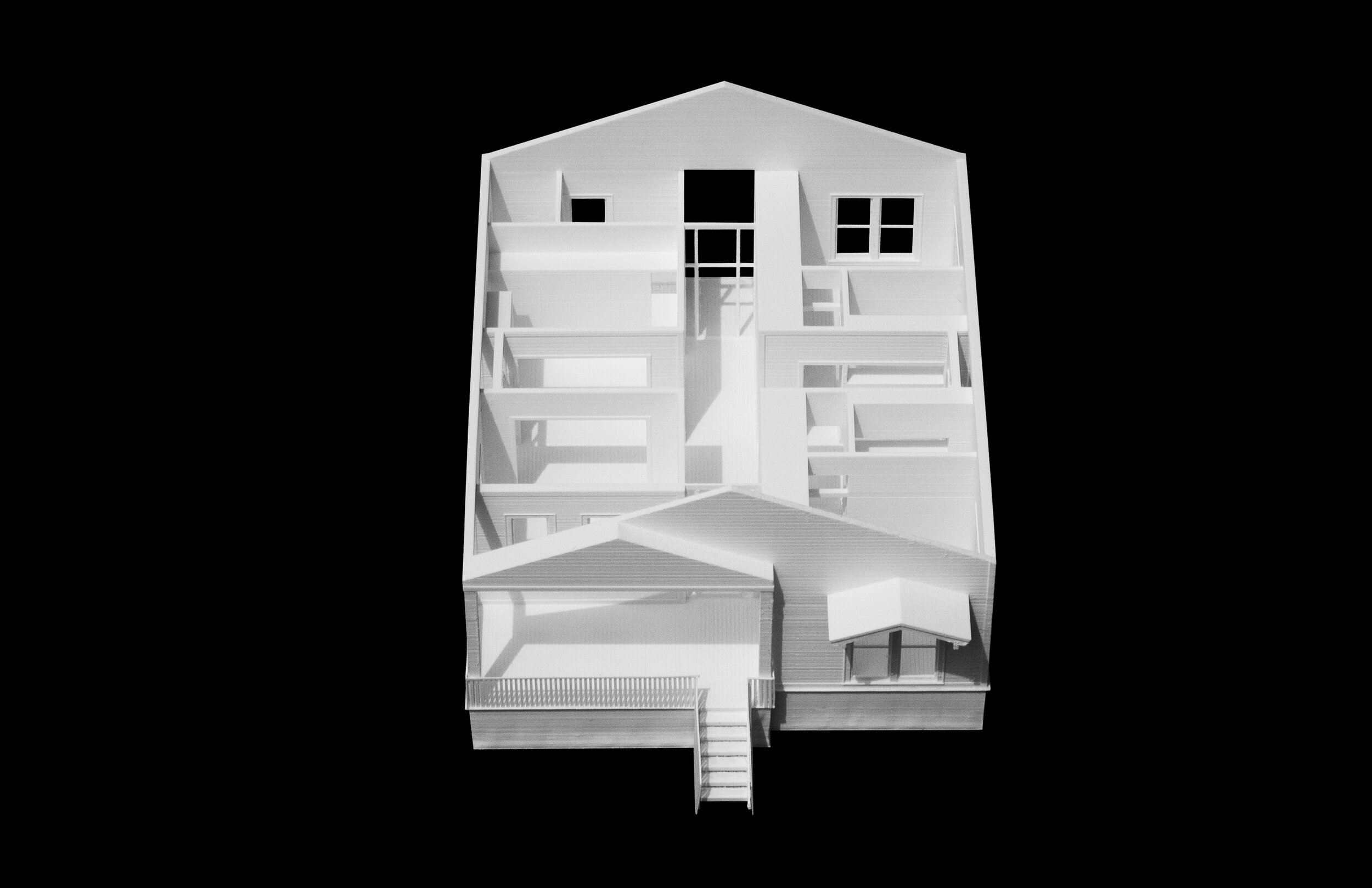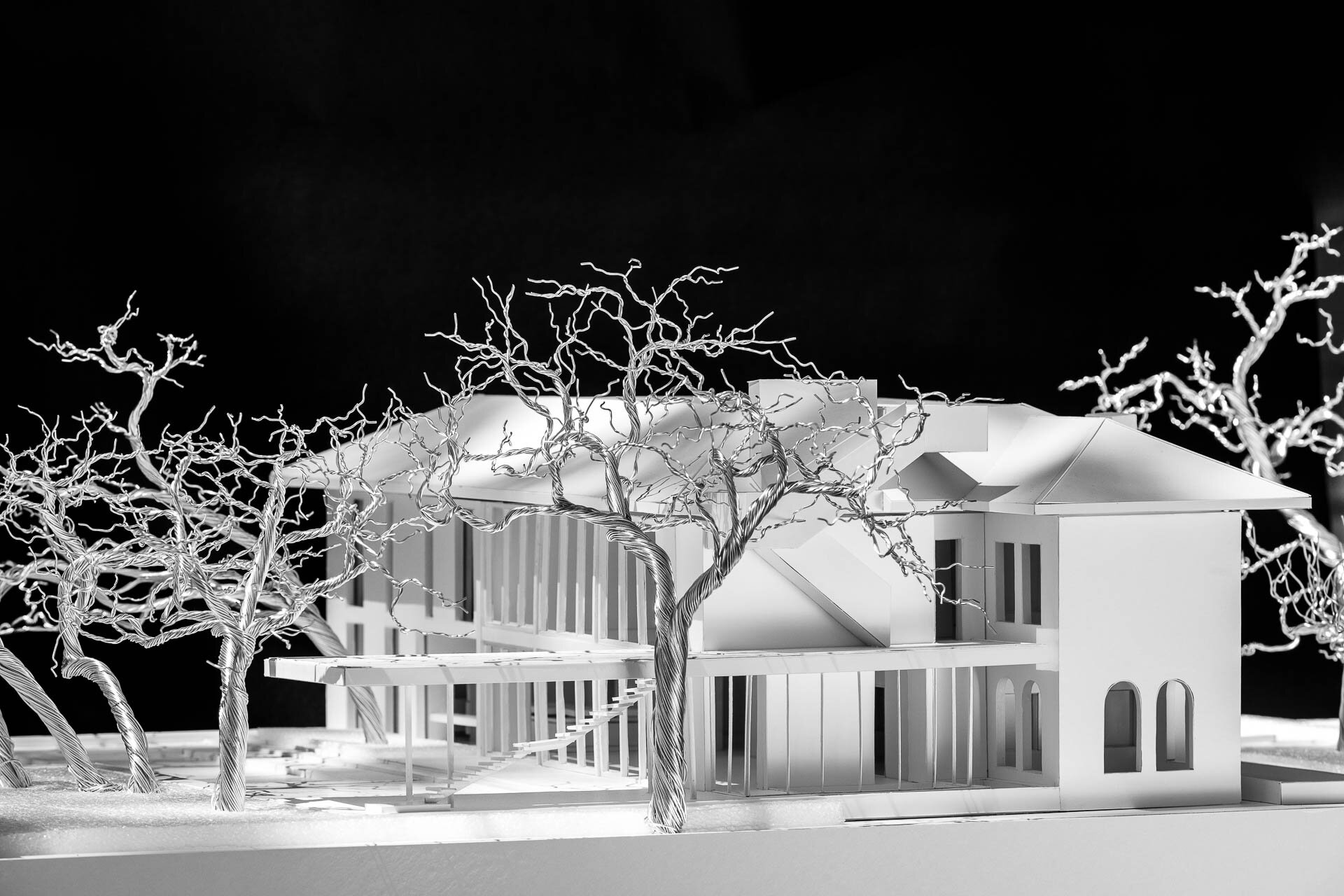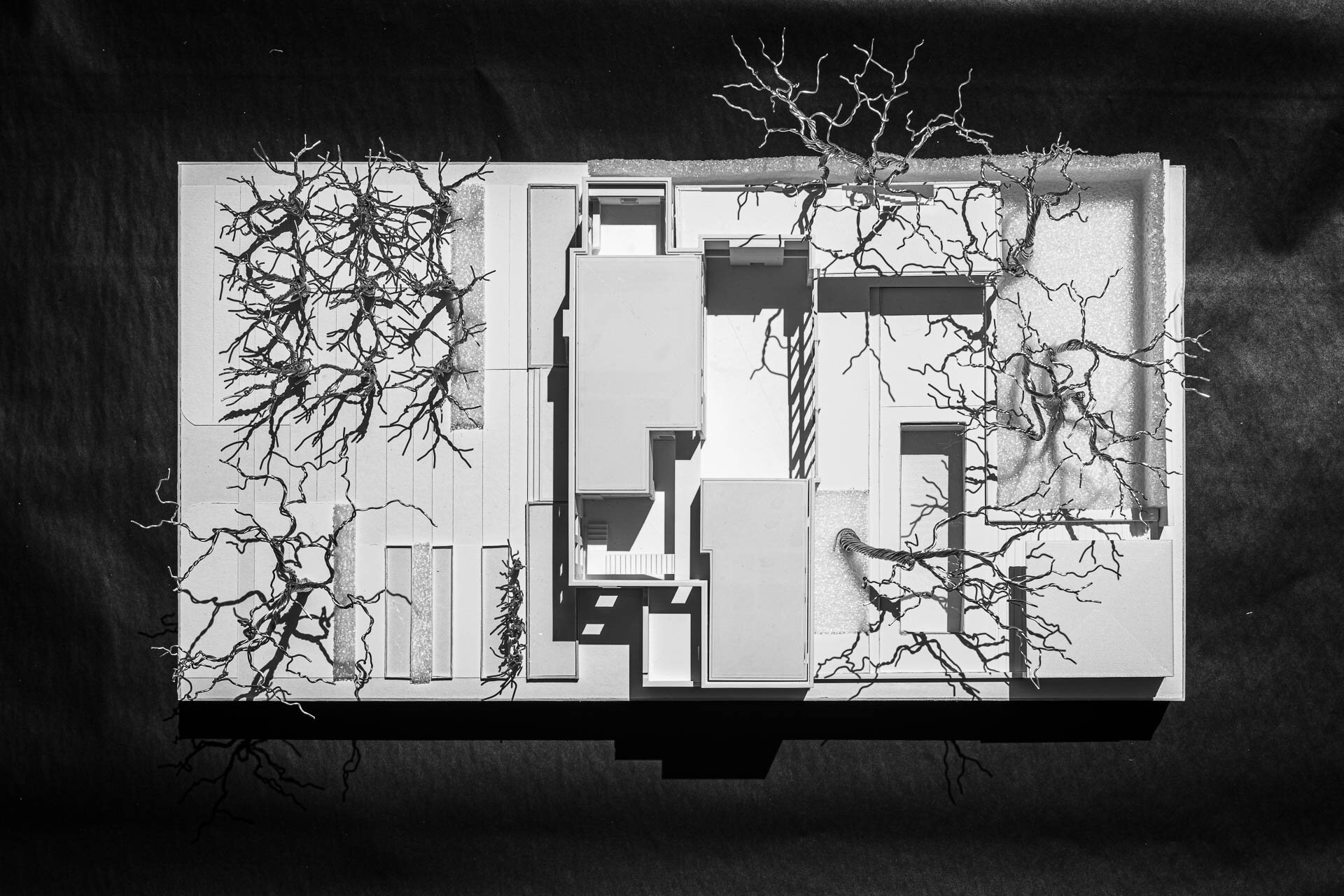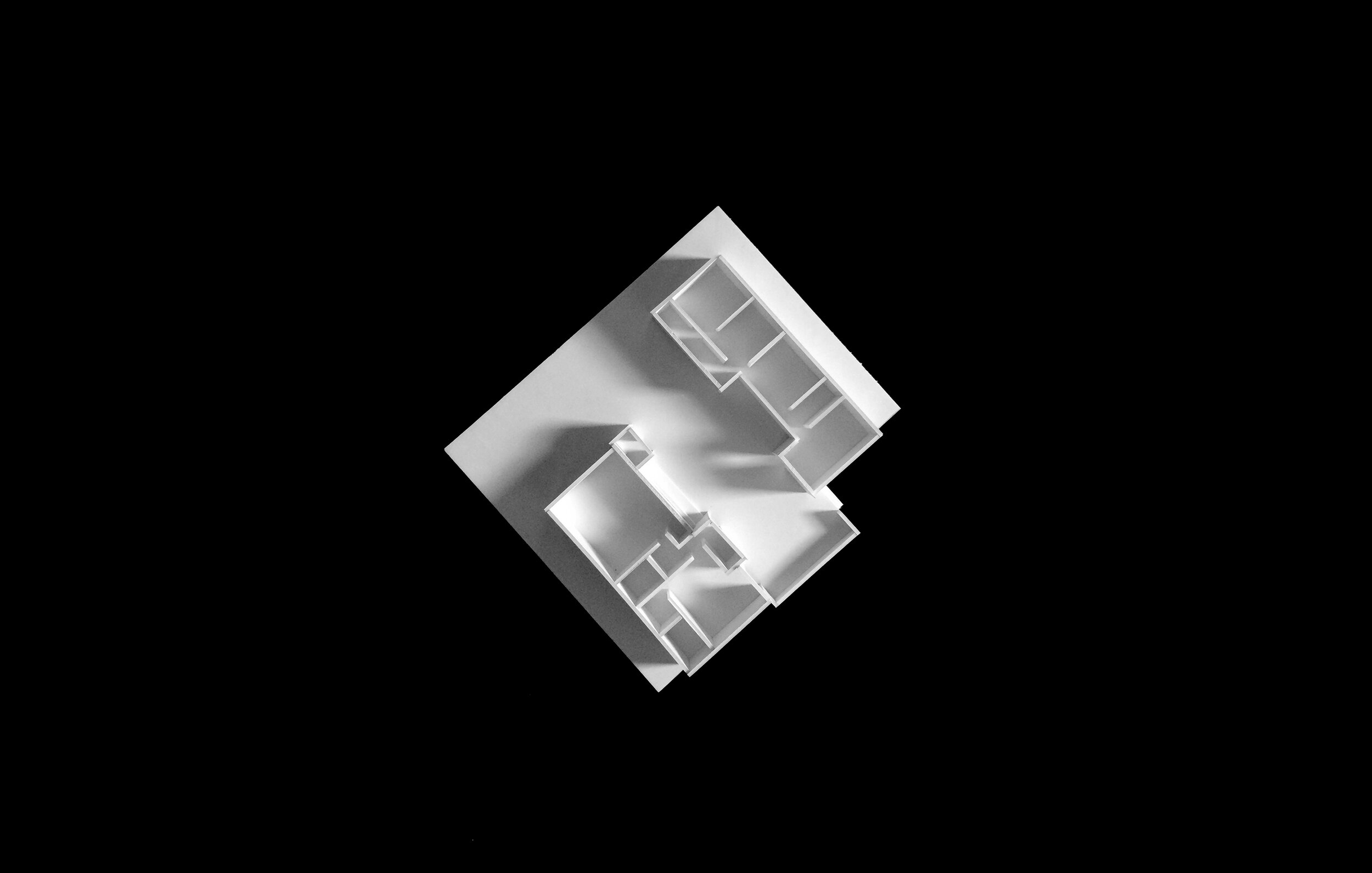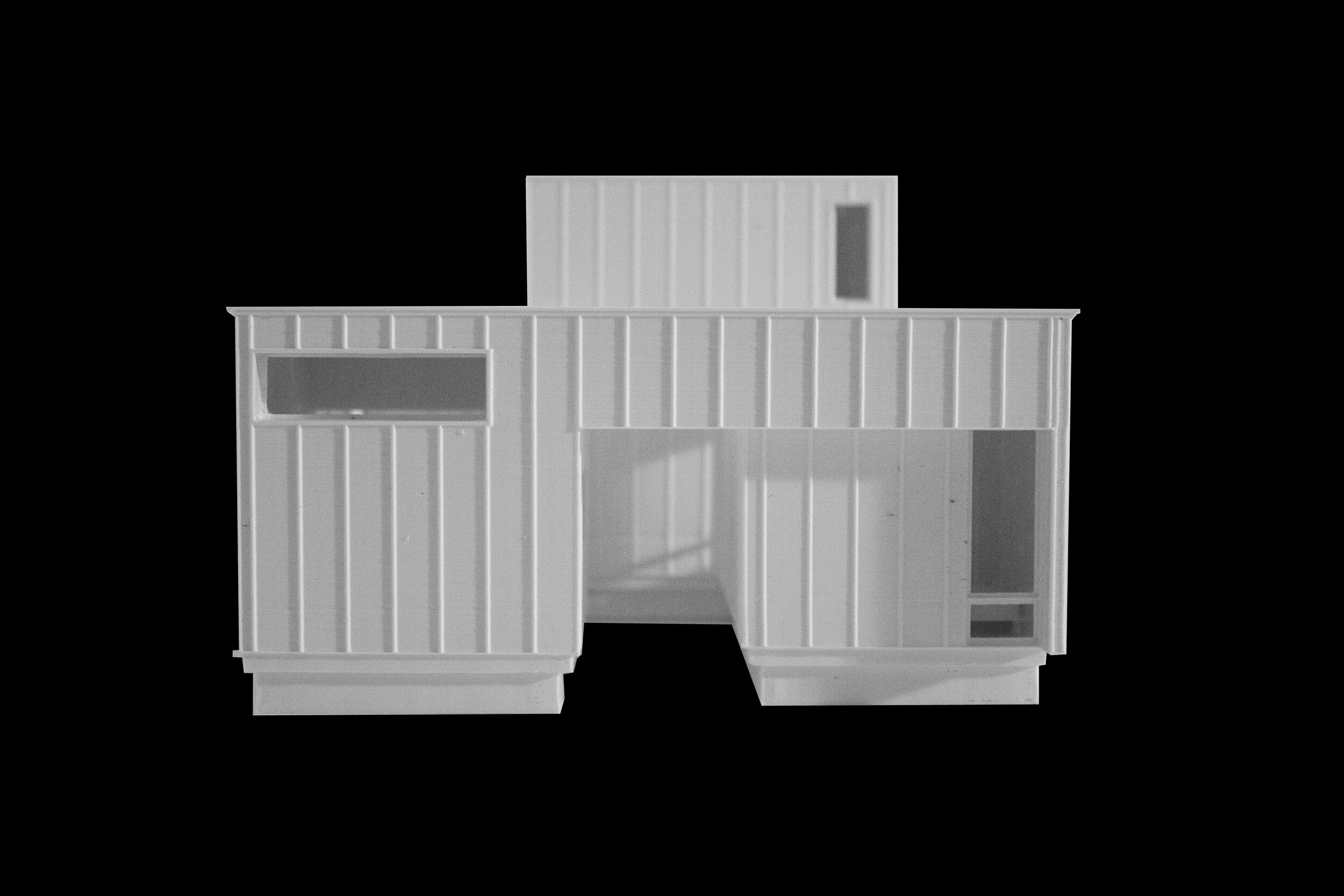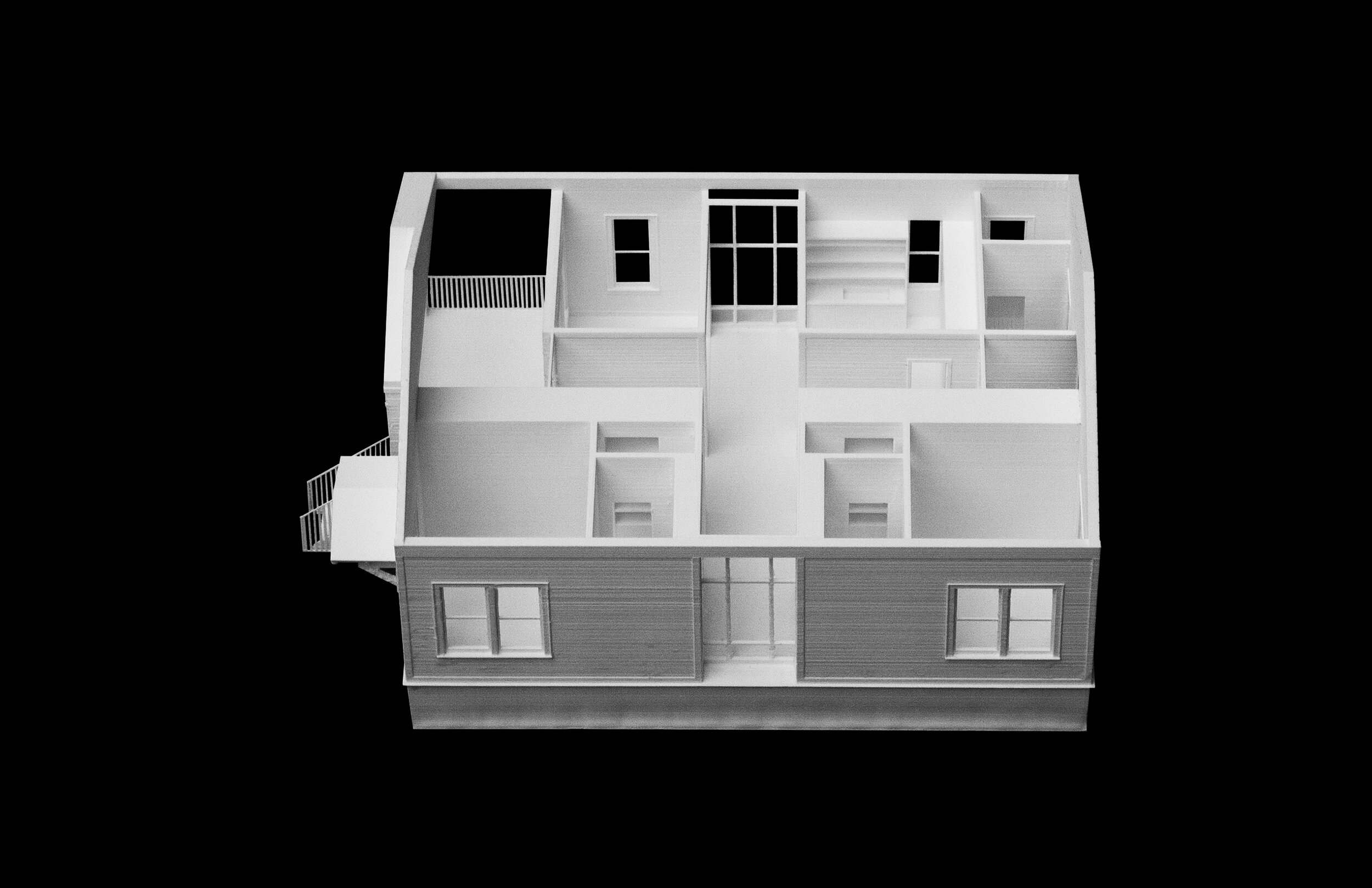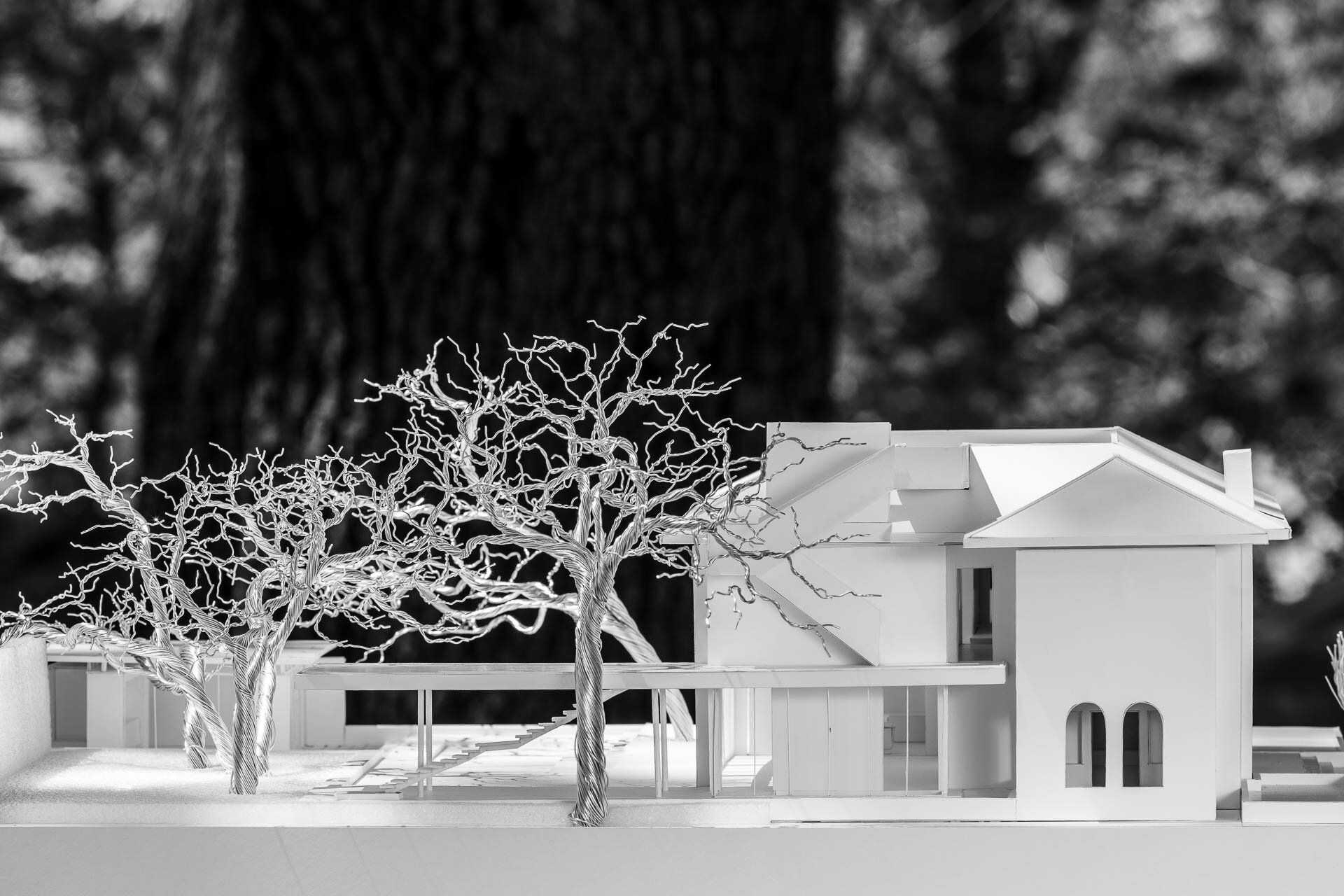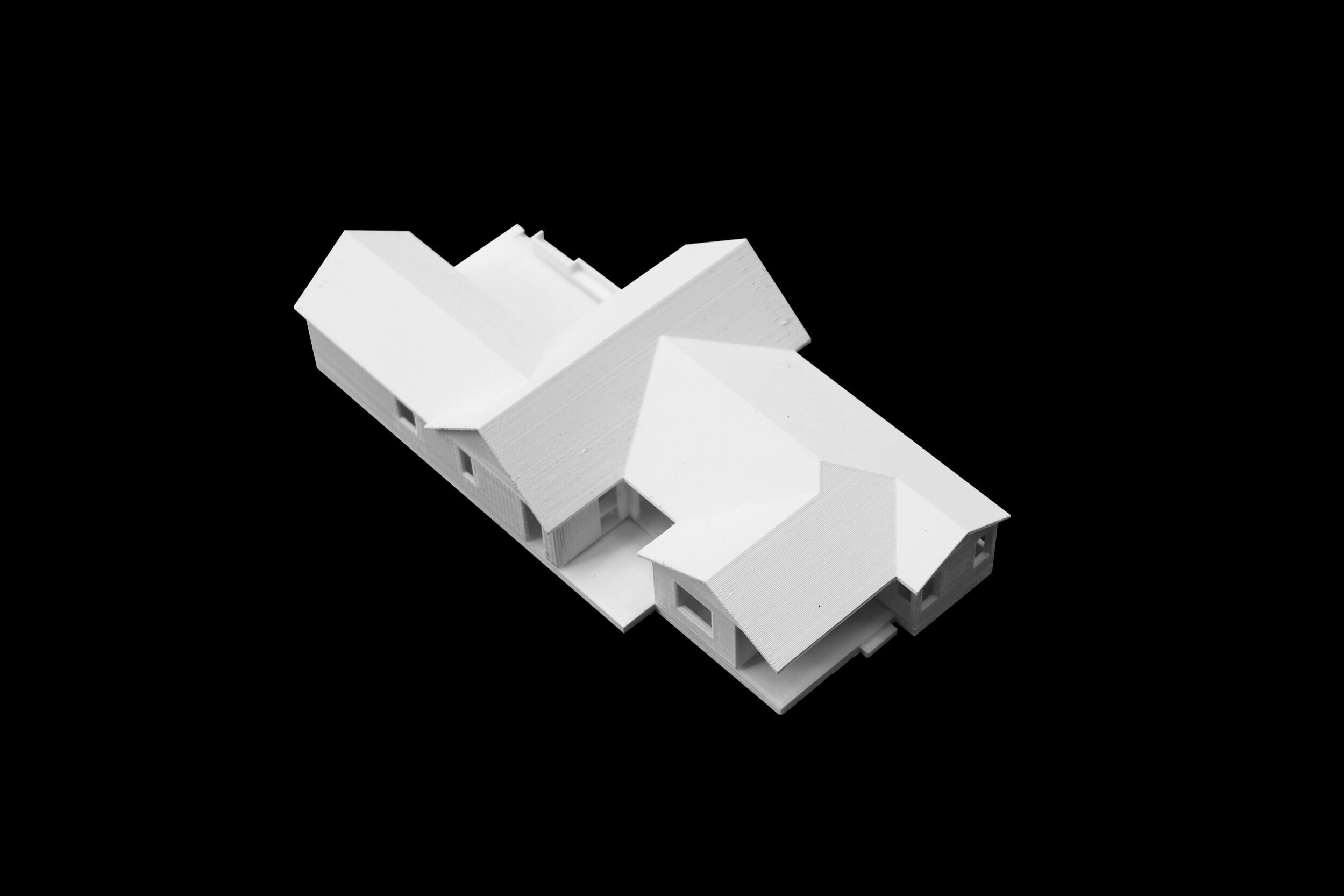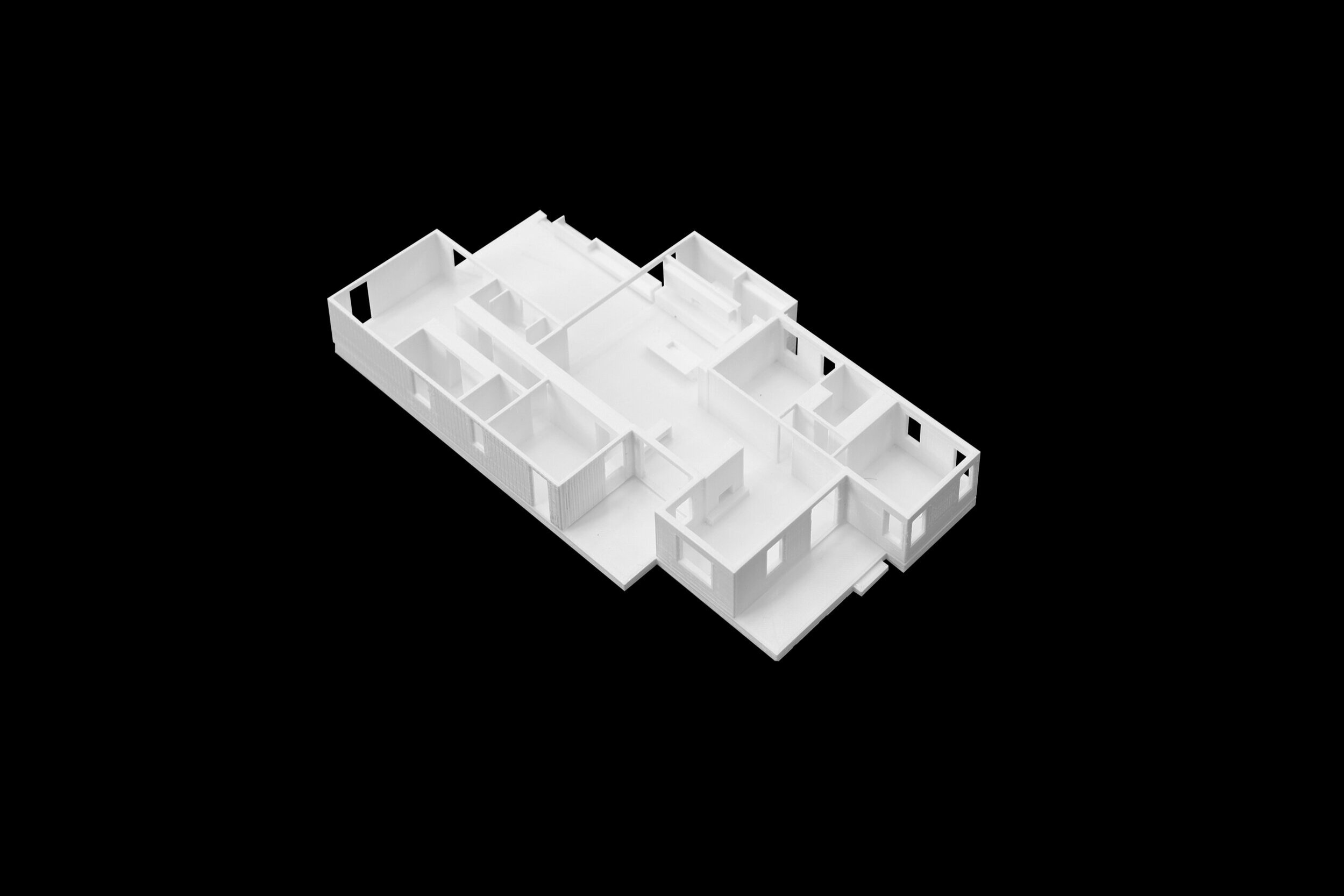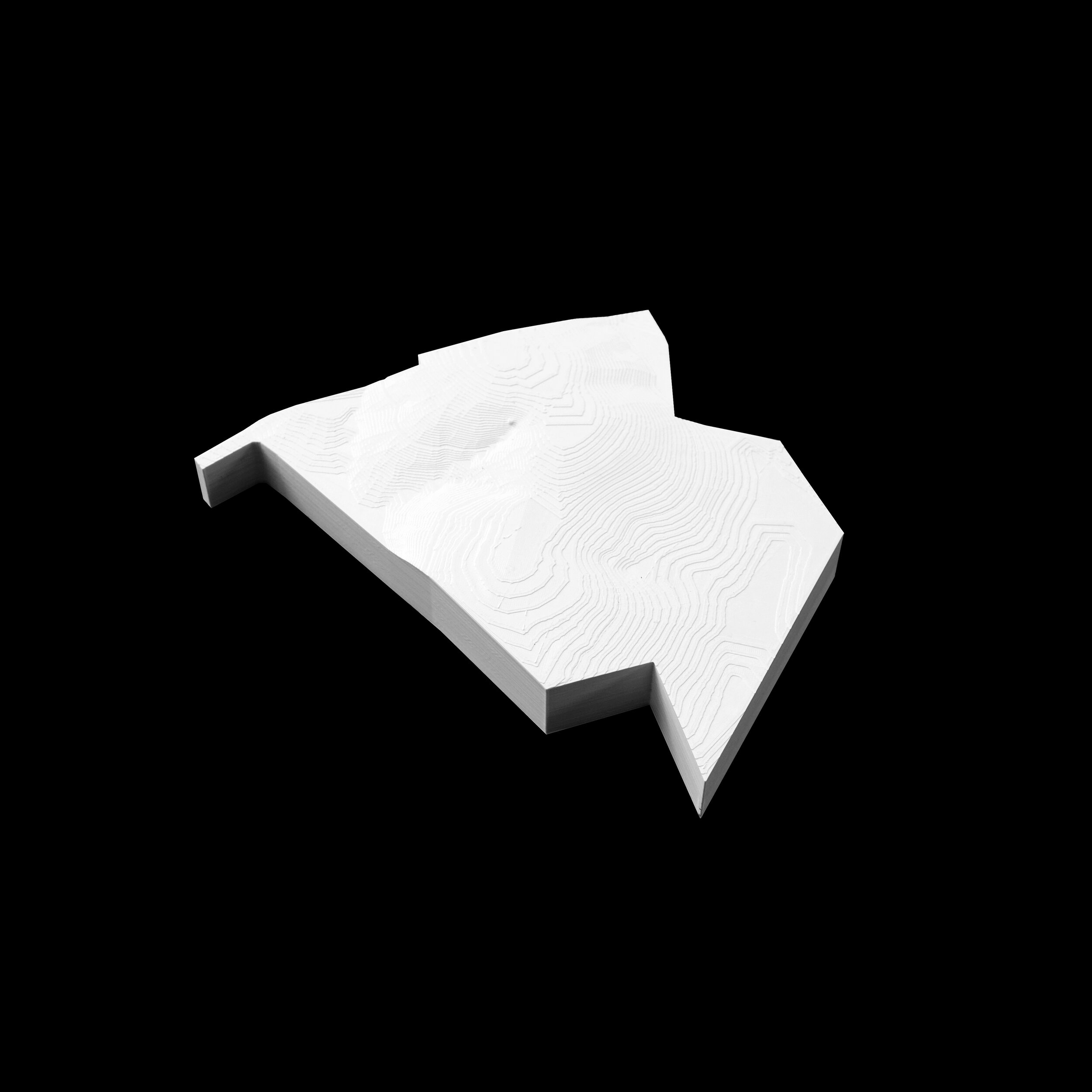Beginning from the premise that architecture should be connected to both context and function, CDPA seeks always to create architecture centred on the individual’s experience. The design process starts with careful consideration of what the spirit of the place could be; how the individual will interact with it and be made more comfortable by it. Each design comes from a strong, intellectually solid idea, developed from a detailed examination of the programme of the project combined with its context, eschewing preconceived notions of what the architecture should look like.
Each design comes from a strong, intellectually solid idea, developed from a detailed examination of the programme of the project combined with its context, eschewing preconceived notions of what the architecture should look like. The practice is always interested in establishing the central issues of a project — what is this about, what is it for, who will use it — but also in looking for ways in which the project can allow for experimentation. The international aspect of the practice’s work has encouraged an opportunism — what can be done here that couldn’t be done elsewhere? — combined with a diversity of experience and perspective that comes from the practice’s multicultural staff.
Cost control, too, plays a role – experience has shown the value of asking the early question ‘‘What must it do and what will that cost?’ versus the later question, ‘What is it made of and what will that cost?’ Likewise, sustainability is regarded as a design driver on a par with quality, cost, and user experience which can stimulate interesting or innovative architectural responses which allow the sustainable elements of the building to contribute to its character. The concept of continuity, both historical and physical, is fundamental. While the practice’s work is influenced by the Modernist movement, and draws on its concepts of experimentation and freedom, CDPA sees physical continuity as a responsibility – particularly the retention of the conventional idea of the city and community.
CDPA’s work is concerned with the reduction of architecture to its core elements. ‘Over-design’ and complexity are avoided in favour of physical qualities – space, light, material, and craft, the celebration of which is a key aspect of our projects. We believe that the construction and composition of a project are part of a wider story, starting with the initial concept. Interior space and exterior volume are always conceived as one integrated design, and the key idea underpinning the project is never forgotten.

